MacGillivray Family Crest, Coat of Arms & MacGillivray Name Origin
|
|
|
|
|
| Return to Home page | Bookmark this page | Link to this page | Send a MacGillivray Postcard |
| Find Your Name | ||||||||
| A | B | C | D | E | F | G | H | |
| I | J | K | L | M | N | O | P | |
| Q | R | S | T | U | V | W | X | |
| Y | Z | |||||||
MacGillivray Family Crest


Origin of the Name MacGillivray
The MacGillivray family history was found in the allfamilycrests.com archives.
Over the centuries Surnames developed a wide number of variants. Different spellings of the same name can be traced back to an original root. Additionally when a bearer of a name emigrated it was not uncommon that their original name would be incorrectly transcribed in the record books at their new location. Surnames were also often altered over the years based on how they sounded phonetically and depending on the prevailing political conditions it may have been advantageous to change a name from one language to another.
Variants of the name McGillivray
include McGilvray and McGillivrie. Bearers of these names are descended from a warrior named Gillivray, who had his stronghold at Dunmaglass in Scotland , and who, in the thirteenth century, acknowledged himself and his posterity a branch of Clan Chattan, under the fifth MacKintosh. The MacGillivrays of Mull and Morven were a branch of Dunmaglass. In 1579 mention is made of Archibald MacIlvoray in a case between the Laird of Luss and others. The Rev. Martin MacGillivray, living in Mull in 1640, carried a Claymore, and told Maclaine of Lochbuie, that he would use it if he did not pay him his stipend. The MacGillivrays fought for the Old Chevalier at Sheriffmuir in 1715. When MacKintosh refused to lead his Clan, which Lady MacKintosh had raised for Prince Charlie, MacGillivray of Dunmaglass took command. He fought like a lion at Culloden, and fell, wounded, in front of Cumberland's fourth regiment. He was alive the next day, but was then murdered. The Clan Aonghais, formerly wore MacGillivray tartan. In Ireland this name and its variants were introduced into Ulster Province by settlers who arrived from England and Scotland , especially during the seventeenth century. It was the 'Plantations of Ireland ' in the sixteenth and seventeenth centuries that marked the end of Gaelic supremacy in Ireland . While the influx of settlers in the wake of the earlier Anglo-Norman invasion of the twelfth century resulted in a full integration into Irish society of the new arrivals, the same never occurred with the Ulster Planters who maintained their own distinct identity.
The MacGillivray coat of arms came into existence centuries ago. The process of creating coats of arms (also often called family crests) began in the eleventh century although a form of Proto-Heraldry may have existed in some countries prior to this. The new art of Heraldry made it possible for families and even individual family members to have their very own coat of arms, including all MacGillivray descendants.
|
WONDERFUL GIFTS FOR EVERY OCCASION
Show Off Your Heritage With Our Range Of Top Class Gifts For Your Family Name! VERY LIMITED TIME OFFER: FREE DELIVERY!!! |
||
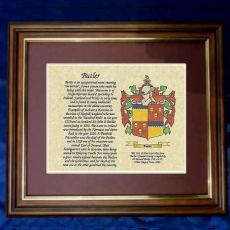 Parchment Prints: Framed, Unframed, Perfect  |
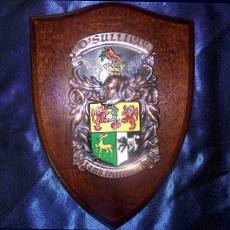 Researched Hand-Painted Plaques & Shields  |
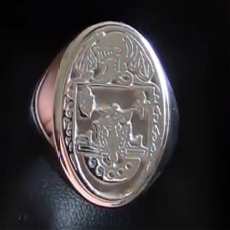 Incredible Hand-Engraved Signet & Seal Rings  |
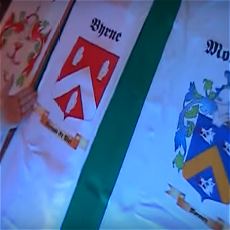 Get your Family Crest Flag, on Ireland or White background!  |
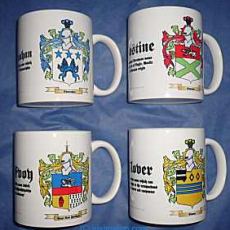 Personalized Coffee Mugs Make Thoughtful Personalized Gifts  |
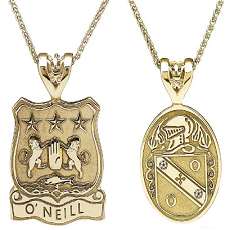 Engraved Pendants in Gorgeous Gold or Stylish Silver.  |